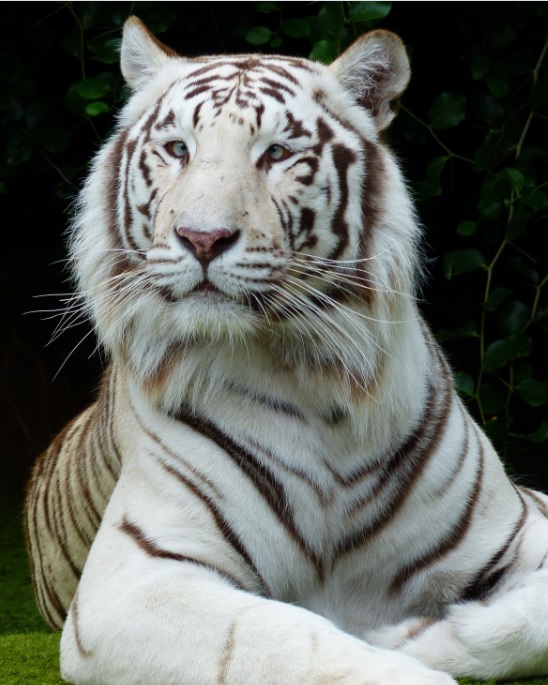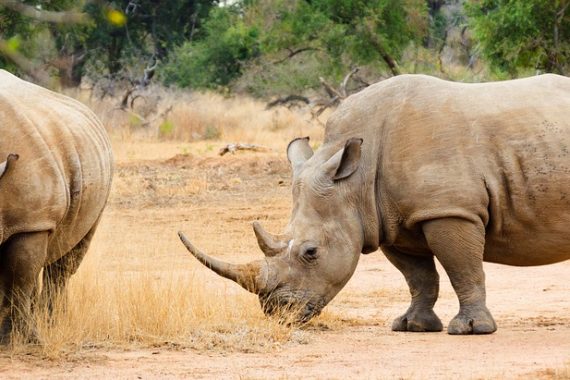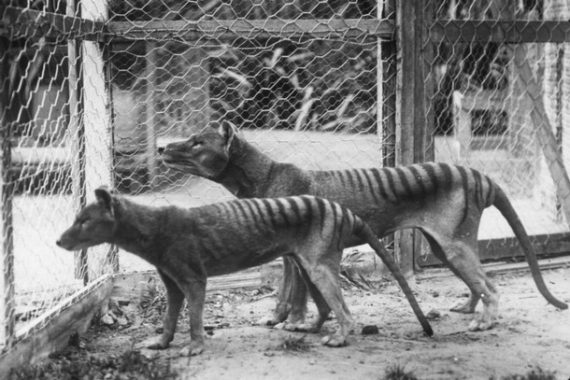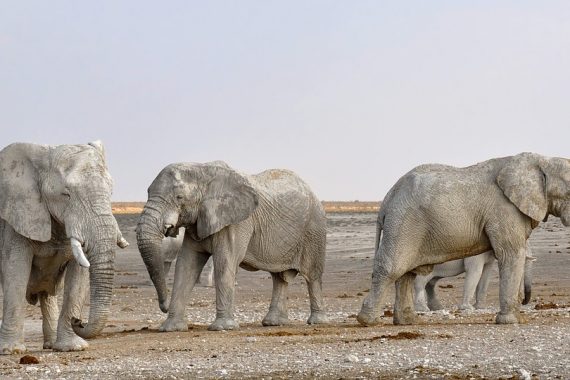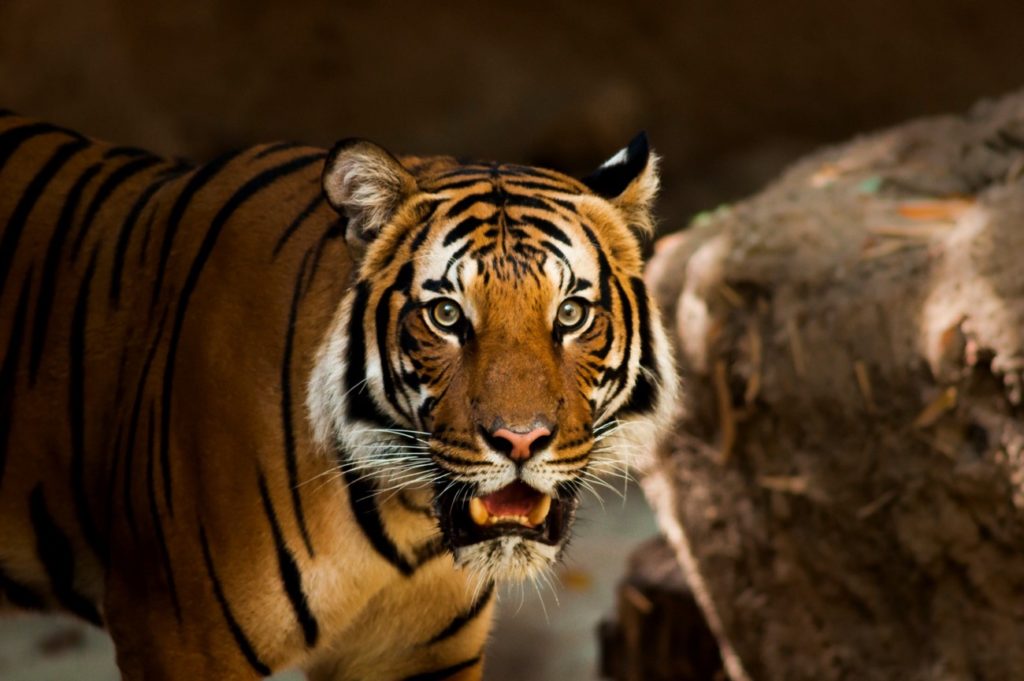 One of the most iconic species on the planet, the Tiger, continues to suffer. With less than 4000 animals left in the wild, action is needed if these majestic large cats are to survive. This week we discuss Tiger’s current status, all of the subspecies, Tiger history and more.
One of the most iconic species on the planet, the Tiger, continues to suffer. With less than 4000 animals left in the wild, action is needed if these majestic large cats are to survive. This week we discuss Tiger’s current status, all of the subspecies, Tiger history and more.
Tiger Description
Tigers are the largest cat species on the planet, more specifically, the Siberian (Amur) Tiger. These large cats can reach almost 13 feet (4 m) from head to tail and weigh over 700 lbs. (310 kg). In comparison, male lions can be as long as 10 feet (3 m) and weigh up to 420 lbs. (190 kg). They belong to the genus Panthera. Lions, Leopards, Snow Leopards, and Jaguars all belong to the same genus.
Debate continues on just how many subspecies of Tiger (Panthera tigris) there are. The International Union for Conservation of Nature (IUCN) now recognizes there are two main groups of Tigers with nine subspecies.
Mainland Asia (P. t. tigris)
- Bengal Tiger (India, Nepal, Bangladesh, Bhutan)
- Siberian Tiger (Northeastern China)
- Indochinese Tiger (Thailand, Laos, Myanmar)
- Malayan Tiger (Malaysia, Thailand)
- South China Tiger (Extinct in the wild)
- Caspian Tiger (Extinct, once Turkey, through Afghanistan to China)
Island Tigers (P. t. sondaica)
- Sumatran Tiger (Sumatra)
- Bali Tiger (Extinct, once on island of Bali)
- Javan Tiger (Extinct, once on the island of Java)
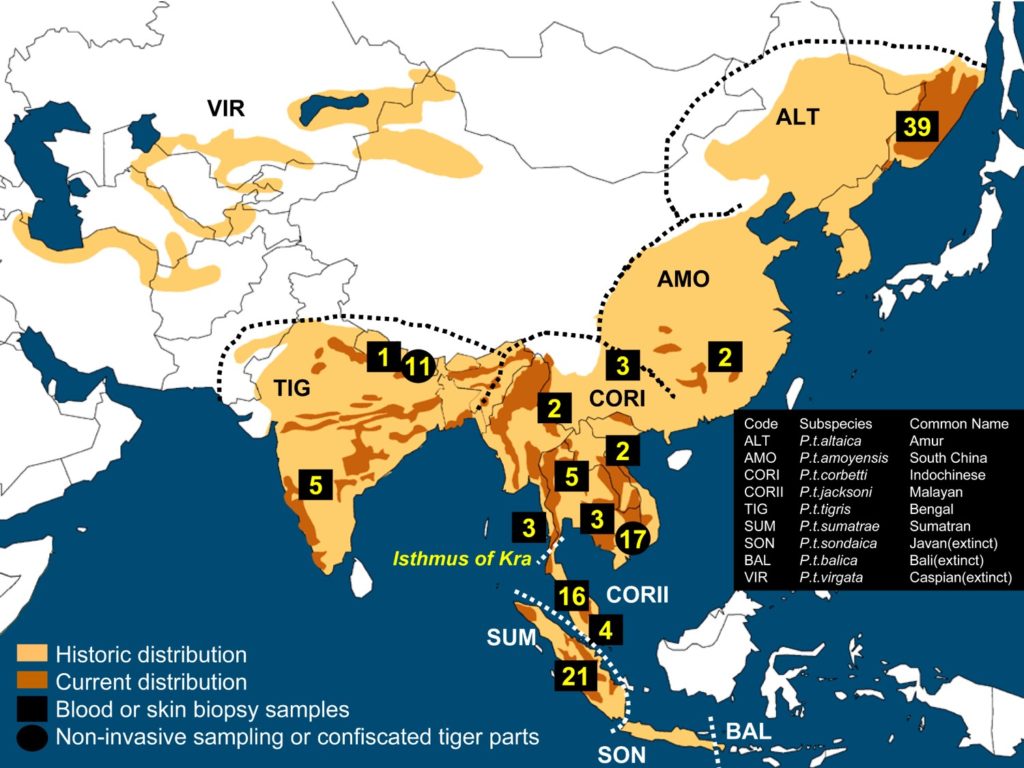
Tiger Facts
Tigers evolved from a species called a Miacid. This ancient carnivore lived over 62 million years ago. Today’s Tigers broke off from a common ancestor and are most closely related to Snow Leopards over 3.9 million years ago. The oldest sub-species of Tiger is the now extinct Javan Tiger, which emerged almost 2 million years ago.
Today’s Tiger share 95.6% of its DNA with the domestic cat. These two species diverged nearly 10 million years ago.
Another relative, the Rusty Spotted Cat is listed as Vulnerable and is recognized as the World’s smallest wild cat.
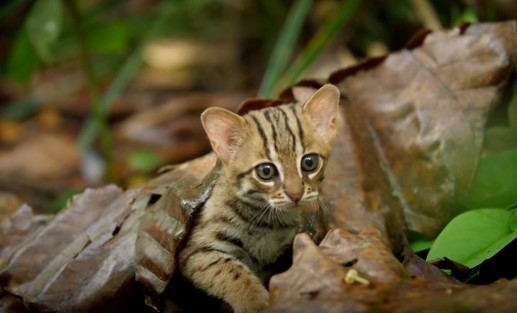
While popular and aesthetically pleasing, white tigers have been inbred to preserve the white color coat genetics. White tigers can be traced to a single male ancestor that was taken from its killed mother to be brought into captivity. Over time, he was bred to his granddaughters and follow on generations to produce Tiger cubs with white coats. All known White Tigers are held in captivity, the majority of which are in private collections. The AZA has banned the breeding of white Tigers due to the many genetic abnormalities associated with this inbreeding.
